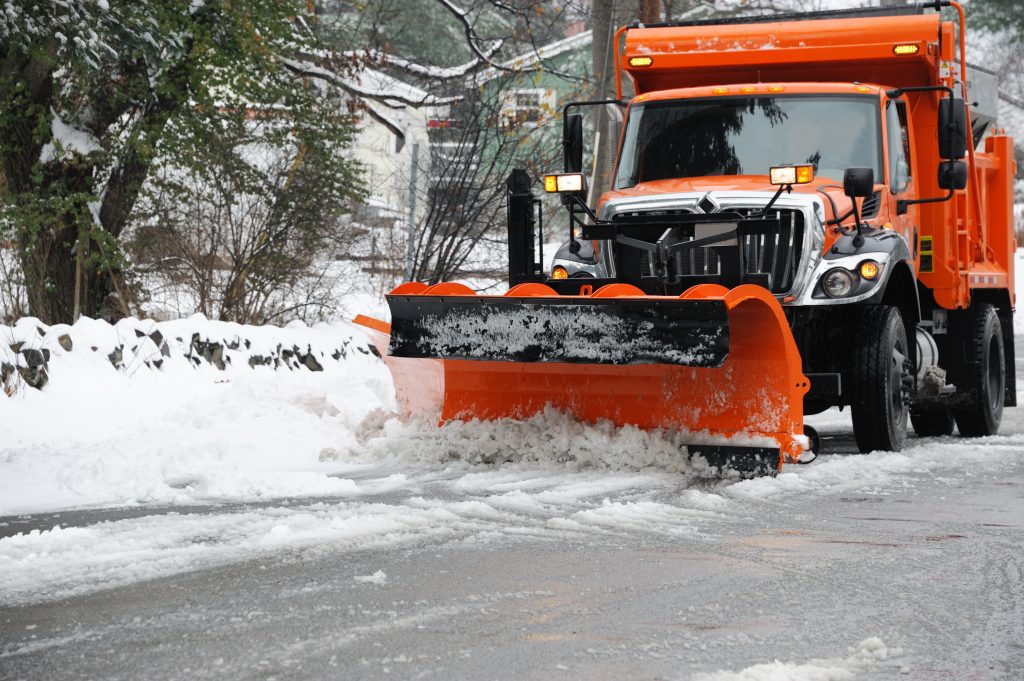
You know it’s going to happen. You’re in your car waiting for the traffic light to turn green and there’s a dusting of light snow on the pavement. After a few moments, light turns green, you step on the gas pedal and your tires spin on the wet pavement. It takes a second or two for them to catch traction and propel you forward. You cringe. Is this a sign you need new tires?
If you’re like most people, you hate the thought of vehicle maintenance and upkeep. You just want to get in the driver’s seat and go and not worry about pesky things like oil changes, new brakes, wiper blades, a dead car battery and purchasing new tires! What do you know about vehicle maintenance? It’s a completely foreign concept to you and you’re always afraid of making the wrong – and possibly very expensive – decision. The good news is that a little know-how can go a long way when it comes to replacing a set of tires. The simplest thing you can do is ask a qualified and trusted auto shop service technician what he or she would recommend.
“Excuse the pun, but we would never steer you in the wrong direction,” says Robert Jordan, Smart Motors’ Operations Manager. “If you give us a few basics about your driving habits, we can help you make the right choice for your needs.” Most tires need to be replaced about every four to six years, although high mileage and prolonged exposure to the elements will shorten your tire’s life expectancy. Regardless of when you need to replace them, you basically have a choice between three options: all-season, summer (a.k.a. high performance), and winter tires.
“For most drivers in the Madison area, a good set of all-season tires are the way to go,” says Jordan.
All-Season Tire: This type of tire come in S- and T-speed ratings. They grip the road well under most weather conditions and are long-lasting. They are the most common tires found on mainstream cars and SUVs. Truck owners have a similar option with either all-season or all-terrain truck tires.
Summer or High-Performance Tire: Driving enthusiasts who prefer sports cars and performance sedans are likely to forego all-season radials and instead opt for summer or high-performance tires. Summer tires are excellent for dry conditions. They handle beautifully as long as there aren’t any adverse weather conditions to contend with. But they certainly aren’t for everybody. Jordan recommends summer tire owners should also invest in a set of winter tires if they want to drive their vehicle year-round. He says that what winter tires lack in performance handling they more than make up for in safety in rain, sleet and snow.
Winter Tire: People who live in rural areas and have a long commute to work on roads often covered in snow and ice should probably swap out summer or even all-season tires with winter tires before the first snowflake falls to be on the safe side. “You shouldn’t really think of it as an added expense”, says Jordan. It’s an investment. Switching between two sets of treads means both sets of tires will last longer, which could save you money in the long run.
Tire Size: No, not all round tires (is there any other kind?) are created equal. Aside from the different types of tread, it’s important to know the size tire you need so your vehicle’s handling and safety isn’t compromised by ill-fitting radials. So how do you know what size tire is on your vehicle? You can locate your vehicle’s recommended tire size by consulting your owner’s manual, or it’s also printed on the decal located inside the driver’s side door jamb.
“Most people don’t know what they’re looking at when they see the cryptic set of letters and numbers indicating their tire size,” says Jordan “It will look something like ‘P215/60R16.’ No worries, though. As long as you have that information, you can order tires anywhere. Any tire store can help you interpret this number for you and help you find the perfect tire for you.
Lastly, when selecting your next set of tires, it’s helpful to know how many miles you want your tire to last. You may have an option between 45,000-mile tires and 80,000-mile tires. The 80,000 set is almost certainly going to run you a higher price, but if you can afford it you can afford to not have to worry about replacing your tires again for quite some time. Also, if you know how many miles you drive, on average each year, this can help you select not only the right tire for your vehicle, but for your driving habits too.



